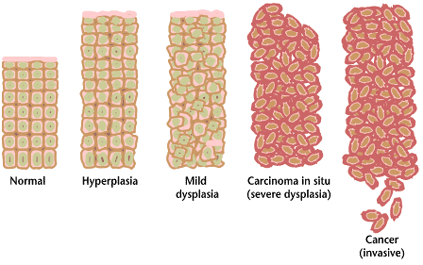
Combination cancer therapy
April 3, 2016There is so much talk about immunotherapy these days. Sidney Kimmel and Michael Bloomberg just donated money to establish the Bloomberg-Kimmel Institute for Cancer Immunotherapy at Johns Hopkins University. The Institute of Medicine discussed what policies should be considered with this new emerging treatment paradigm. New ideas about how to combine immunotherapy with other cancer therapies are emerging almost daily.
After many years of intense research into how the immune system works and how it can be manipulated to attack cancer cells that emerge in the body, immunotherapy has seen success in cancer patients. It is becoming clear that giving immunotherapy alone is not going to be enough. The more traditional therapies – radiation, chemotherapy, surgery – when given together with immunotherapy increase the efficacy, improve the safety, and increase the number of people who respond to treatment. Simply put, this means that more people have better outcomes.
There is work to do. Physicians and researchers need to understand how to give the combination treatments – what order, how much, how often. The biomarkers that will predict responses or indicate success of the treatment also need to be identified and validated. These topics were part of an interesting meeting this week hosted by the National Cancer Institute (NCI) and the Society of Immunotherapy for Cancer. This meeting, the Radiology and Immunotherapy Leadership Summit began to discuss beneficial ways to integrate these treatment modalities. This discussion – and similar discussions about genomics and precision medicine in cancer treatment – will continue in meetings throughout the year – one such meeting is the Precision Medicine in Radiation Oncology meeting hosted by the American Society for Radiation Oncology, the American Association for Physicists in Medicine, and the NCI.
Integrating cancer treatments in combination will improve the outcomes for more patients.
This is what needs to be done.